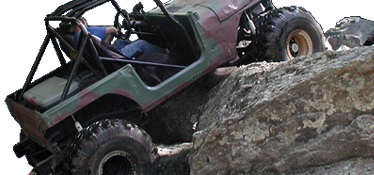An eastern diamondback rattlesnake found in St. Augustine over the weekend might have been the biggest ever found -- but scientists may never know for sure.
A resident at Tuscany Village Townhomes near the Interstate 95-State Road 16 interchange called police Sunday evening to report a "possible 6-foot long snake."
When deputies arrived, though, they realized that was a gross underestimation."It was just huge," said Sgt. Chuck Mulligan, a spokesman for the St. Johns County Sheriff's Office.
Mulligan only saw the snake in photographs but estimated it was at least 10 feet.
"It is without a doubt the largest rattlesnake I've ever seen," he said.
But the largest ever?
The longest eastern diamondback on record was 8 feet.
However, the deputies didn't measure the rattler in question before it was killed and removed by an animal trapper who was called by another Tuscany Village resident to remove it.
Joy Hill, a spokeswoman for the Florida Fish and Wildlife Conservation Commission, said herpetologists who saw the deputies' photographs Tuesday confirmed the snake was an eastern diamondback but couldn't say how big it was."I know since I've been with Fish and Wildlife it's the biggest Diamondback I've seen," said Hill, a 15-year FWC veteran.
Mulligan said the deputies didn't write a report about the snake removal because there was no crime, and they didn't know the trapper's name.
"Once it was dead, the snake trapper guy just rolled it up into a bag and took it with him," he said.
Hill said FWC biologists would be interested in studying the snake, dead or alive.
But, she said, "What a shame to kill such a beautiful snake."
Eastern diamondback rattlesnake
Size: Average 3 to 6 feet (largest documented is 8 feet) in length; weigh up to 10 pounds.
Colors: Brown, tan or yellow covered by brown diamonds outlined by lighter scales.
Range: Mainly Florida and Georgia, though they are found in the southern parts of the Carolinas, Louisiana, Alabama and Mississippi.
Habitat: They spend most of their time coiled in palmetto tickets, concealed by the vegetation and waiting to ambush prey like rabbits, rats and mice; during winter, they spend most of their time in gopher tortoise burrows or tree stump holes.
Threat: They are venomous and can strike from as far away as two-thirds of their length; the state of Florida requires anyone possessing or transporting them have a venomous-reptile permit.
Sources: Florida Fish and Wildlife Conservation Commission, Florida Museum of Natural History, and University of Georgia Savannah River Ecology Laboratory.







